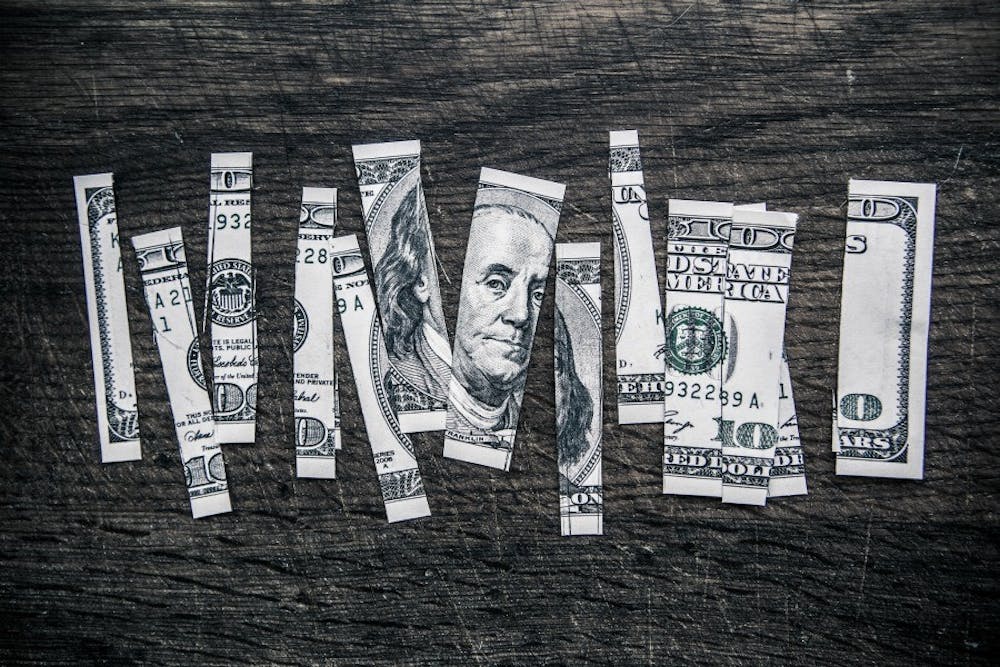Negative investment returns affect scholarships
By James Steinbauer
The investment returns on Miami University's endowment pools lost an estimated $12 million dollars for the 2016 fiscal year, according to a report from the Board of Trustees Finance and
Audit Committee.
"There will be a small number of endowed funds where this diminishes what they will do," Miami's Vice President of Finance and Business Services David Creamer said. "There won't be normal distributions occurring from
those endowments."
The loss will affect five major endowments that would have distributed about $193,000 for faculty development and more than $291,000 in scholarships.
Unlike a gift, which can be used all at once or until the money runs out, an endowment allows the university to provide benefits for students in perpetuity.
So when Miami receives money to create an endowment for a scholarship, it never taps in to that money.
Instead, it invests it.
The university anticipates that the average rate of return for its investment will be about eight percent, Creamer said. It will distribute around five percent of that and, over time, the three percent that is left over causes the endowment to grow even larger.
"The assumption is that overtime you have growth from the investment activities that exceed the distributions, plus you have new money coming in," Creamer said.
Enjoy what you're reading?
Signup for our newsletter
When the return on the university's investments is in the negatives, like it was this year, it doesn't distribute anything. Once these endowments have accumulated investment earnings again, Creamer said, the distributions will be resumed.
"This is pretty consistent with what you would find at some of the largest institutions," Creamer said. "What distinguishes us from, say, a Harvard, is that Harvard more actively manages their investment funds."
Miami's Foundation investment committee invests the university's endowments in a blend of things throughout the world, including equities, private equities, stocks and bonds in many different industries, sectors and commodities.
"The strategy is to build a diverse pool and not put all your eggs in one basket," Creamer said. "Putting all your eggs in one basket can provide huge rewards, but it can also provide huge losses."
Most of the time, a global strategy will outperform a domestic strategy. This year, in the United States, large cap stocks -- stocks in big companies worth more than $5 billion -- had a positive return.
However, Creamer said the negative performance of the global economy was the major contributing factor to the investment loss for the year.
Though the future, he said, could hold a shift back to positive returns.
"You may not have supported the new president, but apparently the markets have liked him," Creamer said. "For whatever reason, the markets are anticipating that Washington will be more business friendly. So stocks have done very well."




